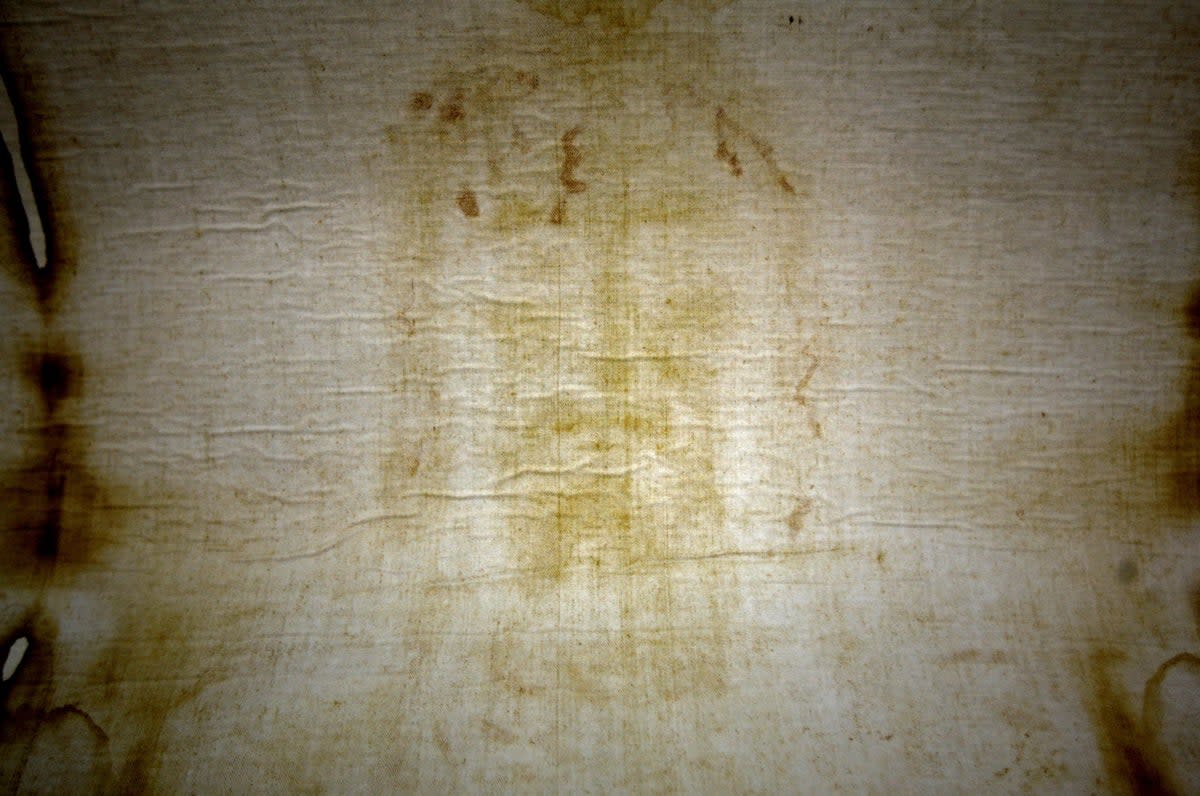Is the Turin shroud 'real'? Scientists' new claims explained

Scientists have been studying the Turin shroud for centuries – and scientists believe that new evidence they have uncovered could suggest that the cloth could be authentic.
The Shroud of Turin – also known as the Turin shroud or Holy shroud – is said to be the cloth that Jesus Christ was wrapped in following his crucifixion.
For centuries, there has been debate over its authenticity, but recent studies by experts have reportedly found there could be a chance it is real.
In the 1980s, a study was carried out that stated the shroud only dated back to the Middle Ages, rubbishing claims that it was real.
But new tests have been undertaken recently to allow the item to be dated accurately for the first time.
Italian researchers employing a new X-ray-based technique have determined that the cloth was first manufactured around the time during which Jesus is said to have lived.
It was reported how researchers at Italy's Institute of Crystallography, of the National Research Council employed a technique named Wide-Angle X-ray scattering, and found the shroud is likely close to 2,000 years old. The study, published in the journal Heritage, concluded: "The data profiles were fully compatible with analogous measurements obtained on a linen sample whose dating, according to historical records, is 55-74 AD, found at Masada, Israel."
The study adds: "To make the present result compatible with that of the 1988 radiocarbon test, the Shroud of Turn should have been conserved during its hypothetical seven centuries of life at a secular room temperature very close to the maximum values registered on the Earth".
Here is what we know about the holy cloth.
What is the Turin shroud?
The cloth first emerged in the 1350s and, since then, religious figures have claimed that Jesus Christ was wrapped in the material after he was crucified.
The cloth measures 4.3 metres by 1.1 metres and bears two images, both the front and back, of a gaunt man who is around 5ft 7 in tall. It is as though the body had been laid lengthwise along half of the shroud while the other half had been doubled over the head to cover the whole front of the body, from face to feet. There are also markings on the shroud that appear to tally up with the crucifixion story, such as thorn marks on the head and wounds on much of his body that could have been sustained from flogging.
Where is the Turin Shroud kept?
While the Catholic Church neither endorses nor rejects its authenticity, it is securely held under tight lock and key at the Cathedral of St John the Baptist in Turin, Italy.


